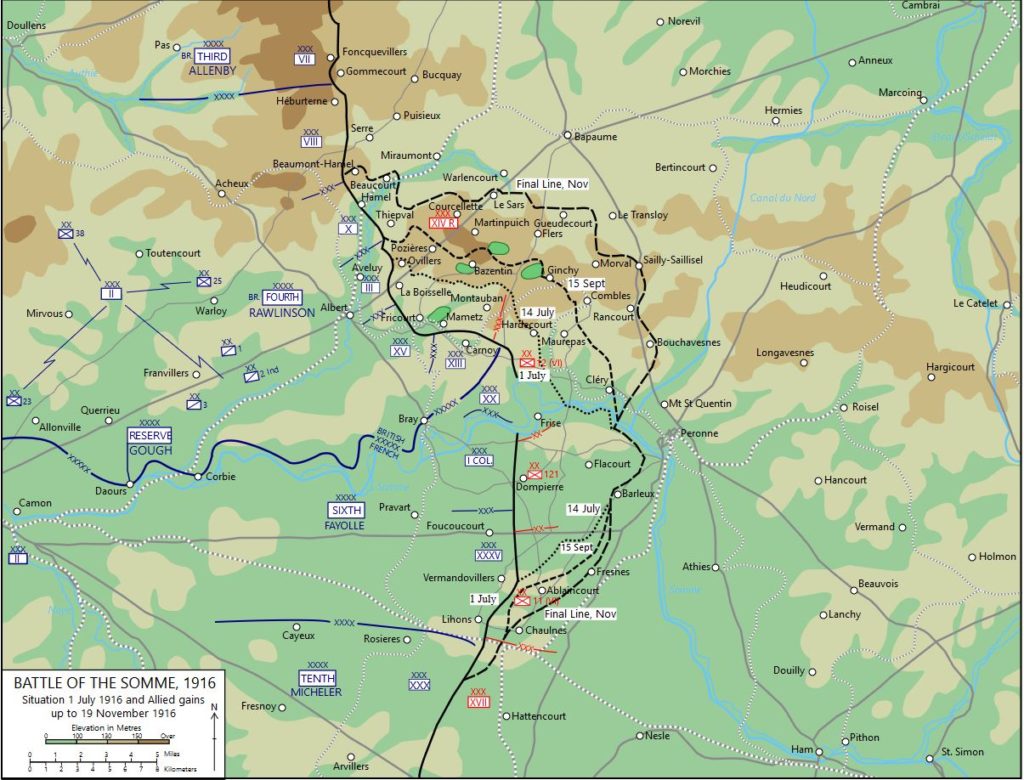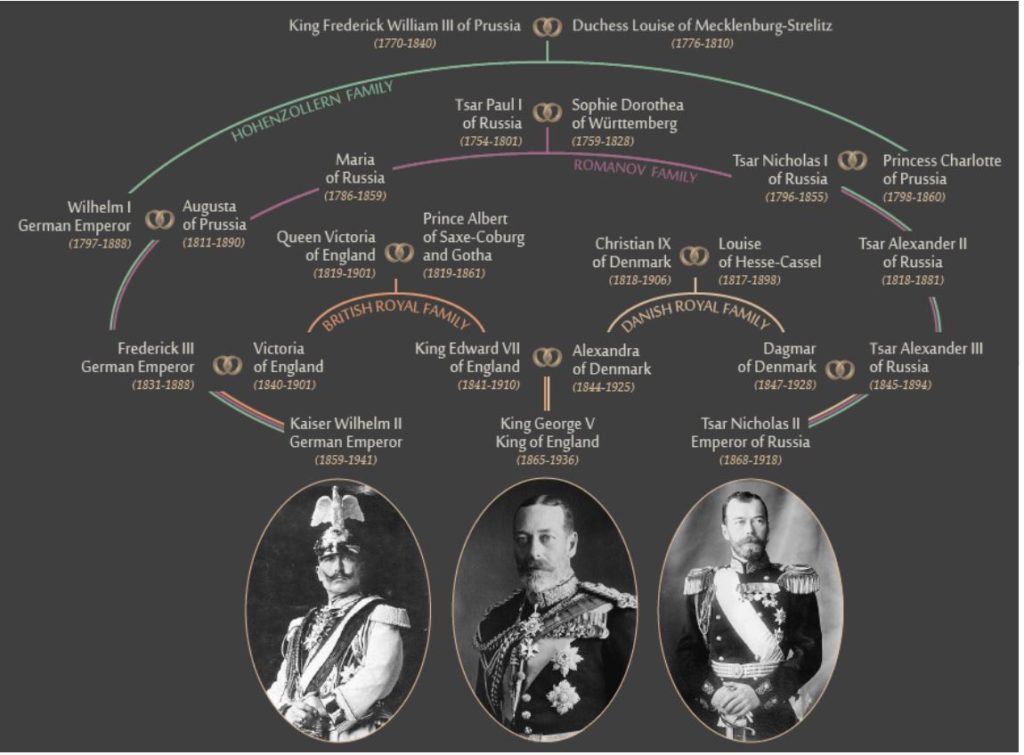Some 100 square kilometers of France are closed to people and known as Zone Rouge – the Red Zone.
The land there is poisoned by the human folly that was World War I. A century later it remains perilous to tread upon.

Most people are unaware this caged landscape exists among the otherwise beautiful French countryside, near the border with Belgium, as it is surrounded by countryside that has been slowly and imperfectly reclaimed.
There the Red Baron fought and fell, along with countless others of less-lofty reputations.
There the Red Baron fought and fell, along with countless others of less-lofty reputations. And there also are found the city of Verdun and the River Somme – names synonymous with human suffering on an obscene scale, because of the atrocious loss of life that took place there.
As revealed in eye-opening detail at a Messy Nessey, a blog dedicated to all sort of curiosities, Zone Rouge is downright macabre and other-wordily, yet cautiously explored by nearby residents who continue to harvest a ghastly collection of munitions and human remains.
“… the forsaken territory, originally covering more than 1,200 square kilometres (460 sq miles) in the years following the Great War. Today, around 100km2 (roughly the size of Paris), is still strictly prohibited by law from public entry and agricultural use because of an impossible amount of human remains and unexploded chemical munitions yet to be recovered from the battlefields of both world wars…”
The essay is supplemented with many photos from one Olivier Saint Hilaire, which are indeed evocative. With more found via the link to his personal website.
This representational map of the Somme campaign makes up the Red Zone area between the towns of Cambrai, Arras, and Amiens.

The Lost Generation
One hundred years ago, one of the most cataclysmic battles in human history was raging in northern France.
The Battle of the Somme began on July 1, 1916. Fifty-three years earlier, on July 1, 1863, the battle of Gettysburg commenced in Pennsylvania.
Over three days of fighting at Gettysburg, a total of 51,112 Americans on both sides were lost as casualties during the entire battle, with some 7,000 killed outright. It remains the bloodiest, most lethal three days in American history.
During the first day’s fighting at the River Somme, the British Army alone lost over 57,000 men, with 20,000 dying on the field.
Fifty-seven THOUSAND.
The battle lasted four months. The combined losses of the Franco-British and Imperial German armies were over 1.5 million men.
One and a half MILLION men.
On Thursday last, millions watched the semifinal football match of the European championships, between France and Germany. These young men, almost all of them in their 20s and among the finest physical specimens their nations could produce, were giving everything they could to prove victorious for the expectant countries and their own personal glory. And throughout the relatively civil competition, I was haunted by the fact that these same champion athletes would almost certainly have been wearing the uniform of opposing armies locked in deadly strife, had they been born 100 years earlier.
They would have undergone a very different kind of training and physical conditioning to hone their elite skills for the purpose of killing their fellow Europeans, in a war between states whose rulers were, in some cases, cousins.

The tragic absurdity of the so-called Great War isn’t found in the fact closely-related cousins could inflict such horrors upon their own closely-related European peoples. But rather, that the people of Europe could have done it all over again less than 30 years later – with far greater loss of treasure and human lives.
As the United Kingdom prepares to leave the European Union, it is important to remember that the peace that has existed there is not to be taken for granted. Rather, it has required an enormous change of attitudes in nationalism, jingoism, and xenophobia, and continual efforts since the end the Second World War to prevent backsliding.
May the centennial of the Somme and other atrocious acts of war in the coming months and years help to educate and to supplicate the current tensions rippling across Europe and its neighbors.